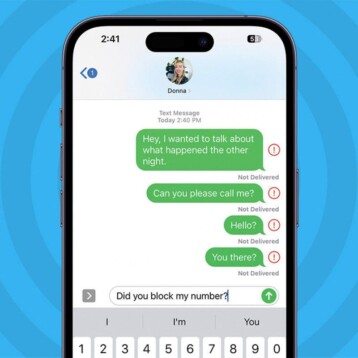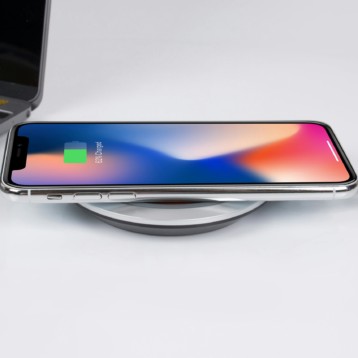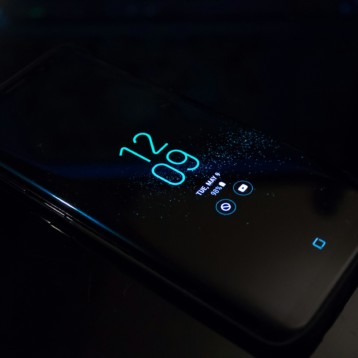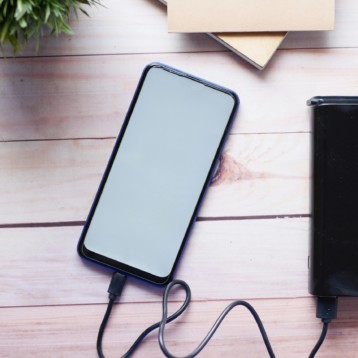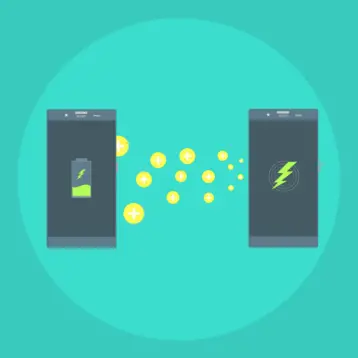
Key Takeaways
- An outgoing call is completed with the intent to communicate, while a canceled call is terminated by the caller before the recipient answers.
- Outgoing calls leave a lasting impression through rings, missed call notifications, or voicemail, while canceled calls have minimal impact.
- Understanding these differences aids in clarifying intentions in personal communication and improving customer interaction strategies in business contexts.
- Removing canceled calls can help diagnose connectivity or user-related issues, improving communication reliability.
Understanding the distinctions between different call statuses is critical. Two often used terms are “outgoing call” and “canceled call.” Although they may appear simple, each has unique traits and ramifications. This article will explain the differences between an outgoing and a canceled call and its circumstances and ramifications.
What is an Outgoing Call?
The user initiates an outgoing call from their device to another phone number by dialing it and pressing the call button. An outgoing call is distinguished because it represents the user’s intent to communicate with the recipient.
Characteristics of Outgoing Calls
- Initiation By A Caller: The caller initiates the call by dialing the number and starting the call procedure.
- Connection Attempts: The call rings until the recipient answers or the voicemail system picks up.
- Call Logs: Most devices log outgoing calls, including time, date, and length.
- Outgoing calls can have numerous outcomes: They can be answered, routed to voicemail, missed, or declined by the recipient.
What is a Canceled Call?
On the other hand, a canceled call is one in which the caller hangs up before the recipient replies. This might happen for various reasons, including the caller changing their mind, dialing the incorrect number, or receiving a weak signal.
What Does Cancelled Call Mean?
A “cancelled call” refers to a phone call that was started but did not reach completion. This typically occurs when the caller ends the call before the other person answers, either intentionally or accidentally. It can also happen due to poor network connectivity or signal issues that prevent the call from being properly connected. In some cases, the person receiving the call may decline it, which also results in the call being marked as cancelled. Additionally, technical glitches within the phone or the carrier’s network can sometimes cause calls to be cancelled unexpectedly.
Characteristics of Cancelled Calls
- Terminated by the Caller: The caller ends the call attempt before the recipient responds, or the call goes to voicemail.
- Short duration: Cancelled calls are often short, lasting only a few seconds.
- Minimal Impact: Because the contact is stopped fast, it usually has little impact on the recipient unless they receive a missed call notification.
- Recorded in call logs: Cancelled calls, like outgoing calls, are recorded in call logs, usually with a note indicating the call was not finished.
Key Differences Between Outgoing and Cancelled Calls
Although they appear similar initially, the implications, attributes, and effects of these two types of calls differ dramatically. This article examines the major distinctions between outgoing and canceled calls, emphasizing their distinguishing properties and impacts.
Key Differences
Intent and Completion
- Outgoing Calls: An outgoing call’s basic goal is to connect and communicate with the recipient. The caller expects the call to be answered, sent to voicemail, or denied, indicating that the communication effort was completed.
- Canceled Calls: In contrast, a canceled call indicates that the caller’s decision has changed during the procedure. The call is initiated but not completed because the caller terminates it before establishing a meaningful link. This denotes a reversal of intent or a mistake rectification.
Call Duration
- Outgoing Calls: The duration of an outgoing call varies greatly. It can take anywhere from a few seconds (if the call is swiftly denied or routed to voicemail) to many minutes or even hours, depending on the nature and length of the conversation. The distinguishing feature is that the call reaches a point where the recipient is aware of the attempt to communicate.
- Cancelled calls: They are usually quite brief. Because the caller terminates the call nearly immediately after beginning it, the duration is frequently only a few seconds. This brevity signals a canceled call, setting it apart from other call attempts.
Impact On Recipient
- Outgoing Calls: An outgoing call usually leaves a lasting impression on the recipient. The phone rings; if unanswered, it may leave a missed call notification or voicemail. This notifies the receiver of the caller’s attempt to reach them, which may encourage a return call or follow-up communication.
- Canceled calls: They have little influence on the recipient. The phone may momentarily ring, but the recipient may not notice because the call is canceled so rapidly. If noted, it frequently appears as a missed call with no additional context, raising questions about the caller’s intent.
Practical Use Cases

Personal communication
Understanding the distinction between outgoing and canceled calls is useful in personal communication since it clarifies intentions. If a call appears to have been canceled, it could be due to dialing the wrong number or changing one’s mind. Recognizing this might help you avoid misconceptions and communicate more clearly.
Business Context
For organizations, distinguishing between outgoing and canceled calls is critical for analyzing success rates and customer interaction quality. Outgoing calls represent active engagement attempts, but canceled calls may indicate issues such as erroneous contact information or technical difficulties. Analyzing these patterns can lead to better customer service strategies and operational efficiency.
Technical Troubleshooting
From a technical standpoint, recognizing canceled calls can help diagnose problems such as connectivity or user faults. Understanding why calls are canceled can help resolve underlying issues and enhance communication reliability.
FAQs
1. What is the main distinction between an outgoing and a canceled call?
The primary distinction is the completion of the call. An outgoing call is one in which the caller seeks to connect and interact, regardless of whether it is answered, routed to voicemail, or declined by the recipient. In contrast, a canceled call is terminated by the caller before the recipient responds, or the call goes to voicemail.
2. Can a canceled call appear as missed on the recipient’s phone?
Yes, a canceled call may display as a missed call on the recipient’s phone. This typically depends on how long the phone rang before being disconnected. If the call rings long enough to register on the recipient’s device but is terminated before they respond, it may seem like a missed call.
3. Why would somebody terminate a call after dialing the number?
There are various reasons why someone may cancel a call after dialing the number. These reasons include recognizing they called the wrong number, changing their mind about making the call, receiving a weak signal, or electing to utilize a different mode of communication (such as texting or emailing).
4. How do outgoing and canceled calls appear in call logs?
Call logs record both outgoing and canceled calls. Outgoing calls often include information such as the time, date, and duration of the call, as well as whether it was answered, routed to voicemail, or denied. Canceled calls are also recorded. However, they are usually very short in duration and may be tagged as “canceled” or displayed as an incomplete call.
Final Thoughts
Recognizing these characteristics might help to avoid misunderstandings in personal communication and improve efficiency and strategy in commercial settings.
Analyzing call patterns, particularly for organizations, can provide insights into client behavior, expose potential technical concerns, and improve overall communication strategy.
In today’s interconnected world, distinguishing between outgoing and canceled calls is important for troubleshooting and enhancing client interactions.

